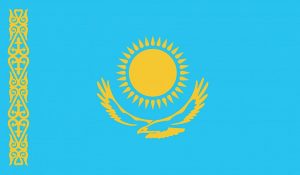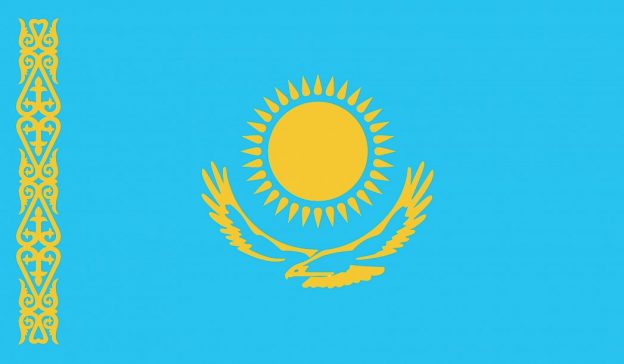Natalya Ivoniskaya, now 33 years old, has been a 100 m hurdles specialist for the nation of Kazakhstan for years now, representing them at the Olympics since 2012.
However, according to the International Olympic Committee (IOC) Ivoniskaya will be suspended for competition provisionally – and potentially for up to four years – after her urine samples had been reanalyzed from those 2012 Olympics and found to have contained potential performance-enhancing drug substances.
According to information released from the IOC, Ivoniskaya has provisionally tested positive for two different anabolic steroids. This test game six years after competition, and the announcement on October 29 of 2018 came as a bit of a shock to everyone in the Kazakhstan Olympic camp.

Retesting this late in the game isn’t all that uncommon for the IOC, but it is pretty uncommon for someone to have been found to have been doping more than half a decade after competition – and even rarer that they would be provisionally suspended because of that tainted sample.
Information regarding this provisional suspension was announced by the IOC Athletics Integrity Unit, and they made sure to make the public aware during this announcement that the IOC has been routinely storing urine and blood samples for upwards of 10 years after they have been collected.
This is all done as part of the re-analysis program, giving them an opportunity to go back and look at past samples as technology advances and detection methodologies improve. The IOC has never been shy about stating that they will retroactively apply new test protocols – and new suspensions – to anyone that has been involved in competition over the last 10 years, but this is one of the very few times that they have actually made good on those efforts.
Fewer than 100 anti-doping rules violations have resulted from these retroactive tests, the overwhelming majority of them coming from both the 2008 and 2012 Olympics. Most athletes that have been found to have popped positive when this retroactive testing have been using two different forms of anabolic steroids – both Winstrol and Oral Turinabol.
The latter was particularly popular amongst Eastern European athletes, especially considering the fact that it was scientifically designed for athletes of the German Democratic Republic during the 1960s. It also doesn’t hurt that this anabolic steroid was engineered so that it could be used in a cycle, giving athletes an opportunity to better hide the fact that they were using performance-enhancing drugs and avoid detection all at the same time.
Unbelievably too many outside of the anti-doping agencies, these two anabolic steroids remained almost impossible to detect up until about 2013 when new testing protocols and technology made it possible to discover “marker” biochemicals up to six months after a cycle of these PEDs had concluded.
That was all the opening that scientists needed to better improve the test protocols, giving them an opportunity to stretch out the window of time they had to discover these biochemical markers and find people that have been using these performance-enhancing drugs previously.
Because they are no longer invisible to anti-doping protocols, both of these anabolic steroids are no longer used by sophisticated doping athletes or the organizations that support them in these efforts. At the same time, athletes competing in the 2012 Olympics – a year before the first few tests for these anabolic steroids were pioneered – are finding that they are getting slapped with retroactive suspensions and a stripping of their title now that the technology exists to catch them after the fact.
Source: http://www.startribune.com/ongoing-london-olympic-doping-tests-catch-kazakh-hurdler/498877131/







